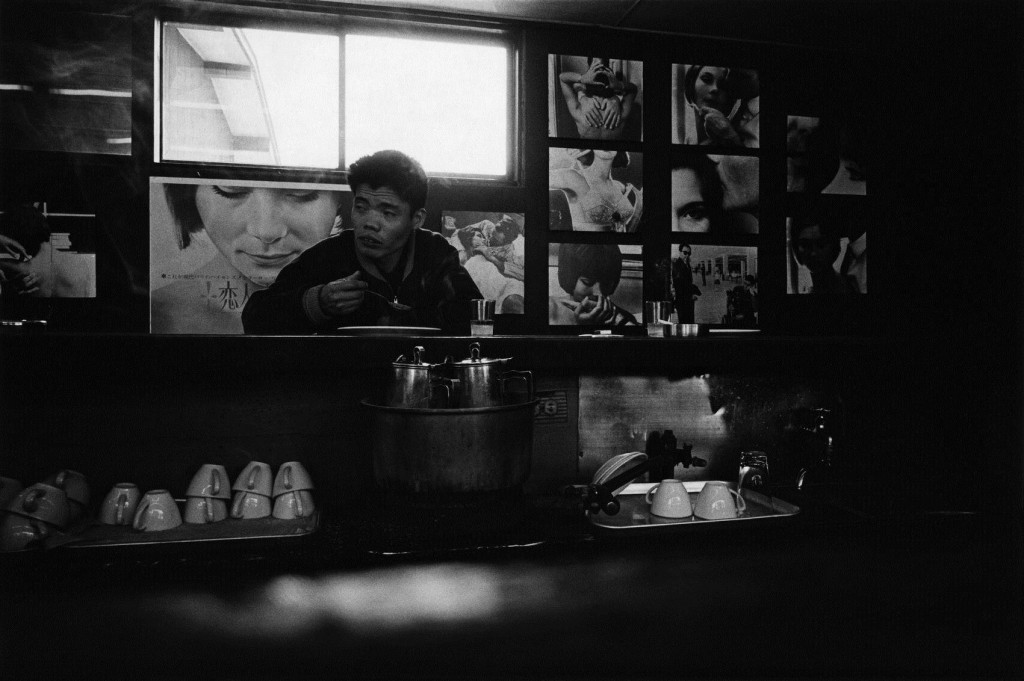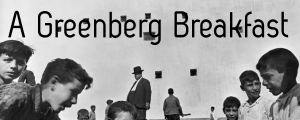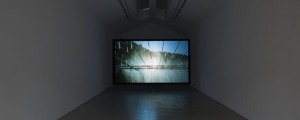Yutaka Takanashi is a revolutionary photographer best known for his fascination with the Tokyo during the 60s and 70s. Featuring the city in all it’s urban glory, his exhibition at the Henri Cartier-Bresson foundation holds the two contrasting collections: Toshi-e (towards the city) and Machi (the city) as well as a series on the Golden Gai Bars in the Shinjuku district.

The HCB gallery itself adds perspective to the collections. With the space set over three floors, visitors culminate in a wide gallery overlooking the school playground next door; the high rise office blocks giving a suitable backdrop to the stark white space. To really appreciate this exhibition, and how Takanashi has developed as a photographer, it is important to follow the natural order; clockwise for the first and second floor, sit and read a bit (or watch the children playing) on the third.
Called Takanashi’s ‘Scrap-picker’ mode, Toshi-e was originally published in Provoke, the avant-garde photography collective and magazine. The result of Takanashi’s early obsession with a poetic aesthetic, Toshi-e seeks to capture an urban message in a city where Hollywood stars are tacked to the back of toilet doors. But nothing is political here. The images captured are anonymous shots of the changing landscape of Tokyo, where tradition collides with pearly-white teeth.

The second floor gallery is devoted to Takanashi’s development into a “hunter of images” in Machi. Poetry is actively rejected as the artist forgoes black and white in favour of intense red-ochre hues using a large format camera. On first impressions, the contrast with Toshi-e is so acute that the images could be mistaken for still-life paintings; such is the obsession with the object and the richness of colour. The older quarters of the Japanese capital city are put in front of the lensas snapshots of a dying culture.
There is a calm and more deliberate approach to this second collection, producing a detail-orientated look at Tokyo’s interior, that is far from the movement and shadows implied in Toshi-e. Takanashi is particularly interested in bars, their role within the community and the rich content they offer the spectator. This later collection sees the artist take himself out of the photographs, with a new focus on the image in front of the lens and an eye for detail.

Turning one’s back to Machi, the Golden Gai Bars series is a natural movement to the other side of the room. Shortly to be closed forever, the bars explode with lifeless colour. Each is a ghost space on the brink of demolition. The emptiness among the clutter creates a strong pathos with the story.
It is always exciting to see the work of an artist who has played a radical role in the evolution of his medium. Yutaka Takanashi’s first exhibition in Paris doesn’t disappoint. There is an acute intelligence to his collections, as well as a method and philosophy that advances with each photograph.
Yutaka Takanashi is @ Henri Cartier-Bresson Foundation until July 29th




















